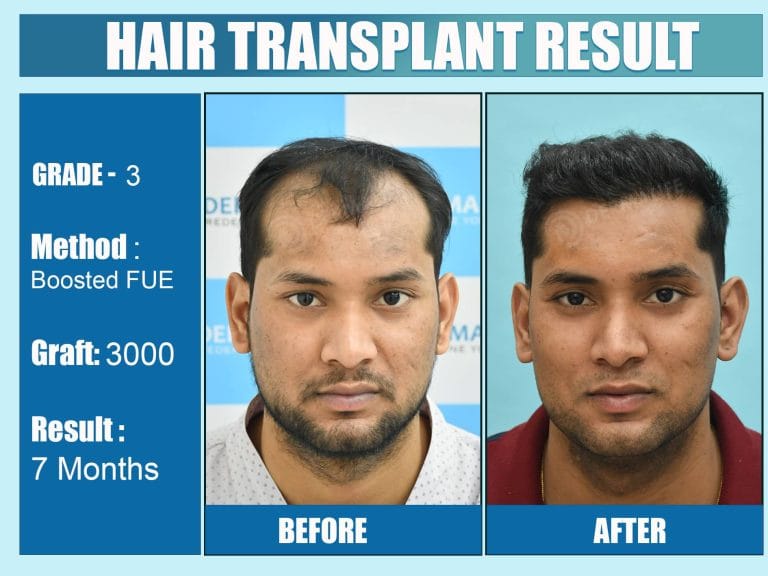What is the Difference between Sports Medicine And Orthopedics? Sports medicine focuses on preventing and treating sports-related injuries. Orthopedics deals with diagnosing and treating musculoskeletal system conditions.
Sports medicine and orthopedics are crucial for maintaining physical health, especially for active individuals. Sports medicine experts specialize in injury prevention, rehabilitation, and performance enhancement. They work with athletes to improve their overall fitness and prevent injuries. Orthopedists, on the other hand, focus on the musculoskeletal system, treating conditions like fractures, arthritis, and spinal issues.
Their expertise lies in surgical and non-surgical interventions to restore mobility and function. Both fields aim to enhance patients’ quality of life, but they differ in their specific focus and treatment methods. Understanding the distinction helps in seeking appropriate medical care for specific needs.
Defining Sports Medicine
Sports medicine focuses on the prevention and treatment of injuries from sports. It helps athletes improve their performance. This field also looks at nutrition and training. The goal is to keep athletes healthy and fit. Doctors in sports medicine often work with coaches and trainers.
Common treatments in sports medicine include physical therapy and rehabilitation. Bracing and taping help support injured areas. Injections can reduce pain and swelling. Exercise programs build strength and flexibility. Doctors may use imaging tests to diagnose injuries. Surgery is less common but sometimes needed.
Defining Orthopedics
Orthopedics deals with the musculoskeletal system. This includes bones, muscles, joints, and ligaments. Specialists diagnose and treat injuries and disorders. They handle fractures, arthritis, and spinal issues. They also focus on bone tumors and limb deformities.
Orthopedic doctors use medications and physical therapy. Surgery is common for severe cases. They often recommend joint replacement. Arthroscopy is used to look inside joints. Casting and bracing help fractures heal.
Educational Pathways
Sports medicine doctors start with medical school. After that, they complete a residency in family medicine, internal medicine, or pediatrics. They then do a fellowship in sports medicine. This fellowship lasts one to two years. They learn to treat athletes and sports injuries. Their focus is on non-surgical treatments.
Orthopedic doctors also start with medical school. They then complete a residency in orthopedic surgery. This residency lasts five years. They learn surgical techniques to fix bones and joints. They focus on both surgical and non-surgical treatments. Orthopedic surgeons handle more complex injuries.
Scope Of Practice
Sports medicine focuses on preventing and treating sports-related injuries, while orthopedics addresses a broader range of musculoskeletal conditions. Both fields aim to improve patient mobility and quality of life.
Conditions Treated In Sports Medicine
Sports Medicine focuses on injuries related to physical activity. Common conditions include sprains, strains, and tendonitis. Specialists also treat concussions and stress fractures. They work with athletes of all ages. They help improve performance and prevent injuries.
Conditions Treated In Orthopedics
Orthopedics deals with bone and joint disorders. Common conditions include arthritis, fractures, and dislocations. Specialists also treat spinal injuries and deformities. They work with patients of all ages. They help improve mobility and quality of life.
Patient Demographics
Sports medicine focuses on treating and preventing sports-related injuries, enhancing athletic performance. Orthopedics addresses musculoskeletal issues, including bones, joints, and muscles.
Typical Sports Medicine Patients
Sports medicine patients often include athletes of all levels. This ranges from professionals to amateurs and weekend warriors. These patients usually seek help for injuries related to sports activities. Common issues include sprains, strains, and minor fractures. Young athletes in high school or college also see sports medicine doctors. The goal is to return them to play as quickly and safely as possible.
Typical Orthopedic Patients
Orthopedic patients are often older adults. They may suffer from chronic conditions like arthritis or osteoporosis. These patients seek help for joint pain and mobility issues. Orthopedic doctors also treat traumatic injuries from accidents or falls. Children with bone or joint problems may also visit orthopedists. The focus is on improving their quality of life and mobility.
Clinical Settings
Sports medicine focuses on preventing and treating sports-related injuries, while orthopedics addresses a broader range of musculoskeletal issues. Both fields aim to enhance physical function and improve patient outcomes.
Where Sports Medicine Is Practiced
Sports medicine is often practiced in athletic training rooms. These rooms are found in schools and sports clubs. Sports clinics also provide care for athletes. Doctors work with coaches and trainers. They help athletes recover and prevent injuries.
Some doctors visit sports events. They offer immediate care on the field. Rehabilitation centers are also common. Here, athletes get specialized therapy. This helps them regain strength and flexibility.
Read More
How Do You Know If a Sports Card is Real : Expert Tips
Where Orthopedics Is Practiced
Orthopedics is usually practiced in hospitals and private clinics. Doctors perform surgeries in operating rooms. They treat bone and joint problems. Emergency rooms also see many orthopedic cases. Patients with fractures or dislocations often go there.
Outpatient clinics offer follow-up care. These clinics help patients recover after surgery. Rehabilitation centers are also used. Here, patients get physical therapy. This helps them improve mobility and reduce pain.
Collaborative Approaches
Sports medicine focuses on preventing and treating sports-related injuries, while orthopedics addresses a wider range of musculoskeletal issues. Collaboration between these fields ensures comprehensive care for patients.
Interdisciplinary Teams
Interdisciplinary teams include doctors, physical therapists, and trainers. These teams work together for better patient care. Sports medicine teams often focus on athlete performance. Orthopedic teams treat injuries and bone issues. Collaboration helps in creating comprehensive treatment plans. This teamwork ensures all aspects of health are covered.
Shared Treatment Plans
Shared treatment plans involve input from various specialists. These plans often include exercise routines, medication, and surgery options. Sports medicine focuses on rehabilitation exercises. Orthopedics may recommend surgical interventions. This combined approach provides holistic care. Patients benefit from multiple expert opinions.
Conclusion
Understanding the difference between sports medicine and orthopedics is crucial. Sports medicine focuses on athletic injuries and performance. Orthopedics deals with the musculoskeletal system. Both fields aim to improve patient mobility and quality of life. Knowing their roles helps you seek the right specialist for your needs.
Choose wisely for optimal care.





